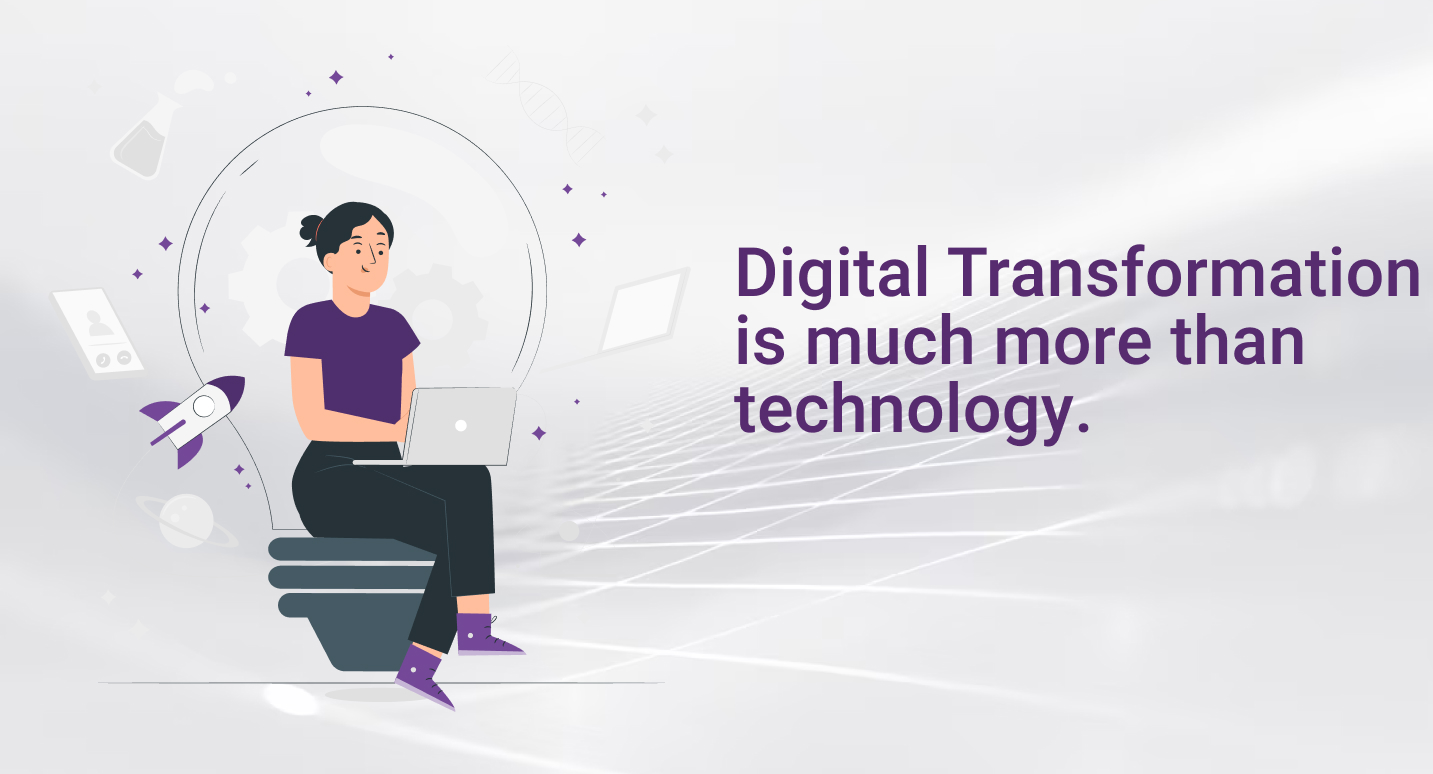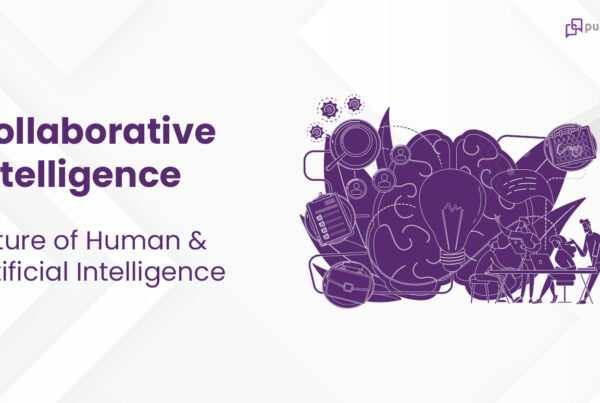
Introduction
Digital Transformation has now become much more than a buzz word across the globe – in board rooms to corporate goals to CIO agenda, benefitting both organizations and consumers equally.
No, Digital Transformation is not about picking a technology, an application development paradigm or a work culture that works so well for Netflix or LinkedIn or yet another successful silicon valley startup that you heard in a podcast last weekend. A recent survey of senior leaders across the globe found that nearly 70% of all Digital Transformation initiatives do not reach their intended goals. That 70% is not a small number in any stretch of imagination; it is a whopping 900M USD!
With all the punditry available across the globe, why do very few companies do well while majority don’t? Is it mainly because of the boil-the-ocean ambitions, the leadership failures or the lack of business relevance? There could very well be multiple theories, reasoning and prescriptions behind the success and failures.
Things can go wrong on the Strategy side (the Why portion of it) and equally on the Execution side (What and How we deliver things).
Here are some of the prescriptions on the execution side of things from our experience in the Digital Transformation journey with one of the leading Health Insurance provider that resulted in a multi-fold adoption of their digital channels and as big as 350% increase in their business volume – direct bottom-line gains and ROIs for the customer.
Most important aspect first.
Digital Transformation is not about jargons and fancy technologies.
One of the major fallacy of the technology industry of today is about the sweet-tooth for jargons and technologies. Microservices, Private cloud, Public cloud, DevOps, Hadoop, Spark, Machine Learning, Kafka – all these are fashionable, good and do serve a real purpose. But, never lose sight of the business problems that would require these technologies, how they would help transform and how it would impact the overrall outcome.
Digital Transformation solutions always have to be approached inwards, with deep assistance from the business teams. Your company does not need a Machine Learning or a Data Lake strategy. It needs a strategy to solve a specific business problem through digital technologies. Figure out that problem, before you pick the right tools and technologies. Here are some examples:
‘Need to improve my sales in the rural areas by X%’, ‘Need to make the data available for real-time decision making in marketing.’, ‘Need to reduce the cost of servicing by Y%’, ‘Need to reduce the cycle time for a business process by X%’, ‘Need a go-to strategy to take the prodcuts to the digital natives’, ‘Need to make the business process straight thru’.
All these are business problems that can very well be solved by your Digital Transformation strategy, with the most innovative approaches, with the best in class technology solutions and the smartest brains. Any successful combination of these 3 key ingredients of any proportion cannot solve it for you without the much needed business strategy.
One key prescription for success is to dedicate a veteran insider, with a deep understanding of the business problems, to work closely with the technology team.
Don’t just rely on the jargons and presentations from the external consultants. No, you are not Netflix or LinkedIn. You are yourself.
It’s all about Data.
No digital strategy is complete without a sound data strategy. Successful digital enterprises of today are nothing but successful data enterprises, with an effective strategy to capture, curate and store every byte of data that flows across the enterprise and its business processes and making it available across the enterprise for various decision making, operational needs and revenue streams.
As famously called as the 5Ts of Trust, indicating the data health of any organization, the digital transformation strategy must ensure the data must be Transparent, Thorough, Timely, Trending and Telling. How far away are you from the 5Ts is a clear indicator of your digital success.
Don’t reinvent the wheel.
Many of the utilitarian problems in the software applications arena is already solved and is available at high levels of maturity. To attain the much desired velocity and time to market, any successful digital transformation initiative should know how to build on top of existing elements, using what we call as the lego block approach.
In this day and age, it will not be prudent to reinvent the wheel and waste time and effort to build things like a UI framework or a middleware layer. Any smart solution architect of today should know where to spend their time and energy and how to put together an application in the shortest period of time.
As much about how you Build things.
Digital Transformation is as much about the people and culture, who need to adapt to the changing world. You cannot continue to operate the same way and expect the results to be different.
Given the pace at which customer needs, businesses and technology evolves, Change is the only constant. Application teams need to accept this new reality and be nimble enough with their product and project management processes, have an open mindset to adopt technology heterogeneity, extremely high level of customer centricity and the adoption of modern DevOps principles to quickly iterate, improvise for continuous delivery of features.
Adopt a ‘Ship the Code’ strategy.
Your overall digital transformation aspirations could run into years, but plan your initiatives for smaller, targeted business goals. With the pace at which technology evolves, time to market is so critical and it is highly imperative to stick a delivery strategy that relies on project delivery velocity.
Deliver working features in short bursts of not more than 4 weeks, get business feedback and iterate. Again in the name of jargons, many implementations operate under the mis-understood concept of Agility and Sprint teams. The core philosophy behind Agility is your ability to respond to change. You cannot respond to change, if it doesn’t happen frequently.
None of these could appear as trade secrets or the wisdom of the elite. Often times, it is not the complexity of the problem that leads to the failures. NOT getting the Basics right or overlooking them, leads to all the peril.





